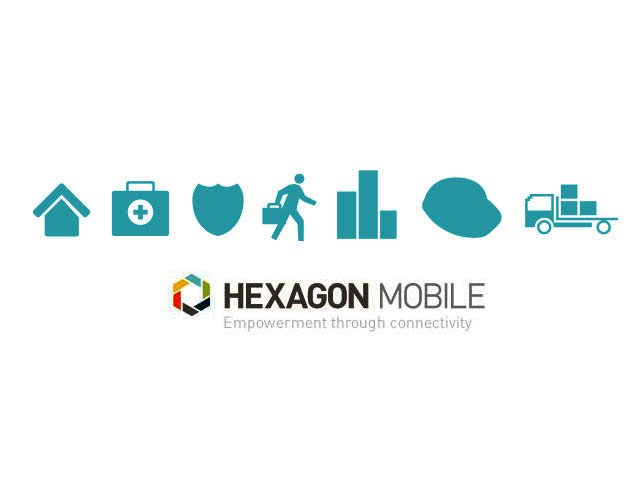Are companies using smartphones as well as they could?
Willem Schipper (WS): Definitely not, although most companies have climbed onto the mobile E-mail wagon to access their mail while away from the office, there is still a lot more functionality they could be making use of such as i-form technology e.g. timesheets, sales orders, sales reports, site inspections, property assessments etc.
The potential future of fully business integrated smartphone applications is only being tapped into at present.
There are so many smartphone operating systems available to choose from- Android, Symbian, Windows Mobile, etc. What should companies look for when choosing a smartphone OS?
WS: Companies need to look at what their current IT infrastructure looks like and what OS will best integrate with that infrastructure. It’s pointless going for some fancy mobile OS that’s not going to integrate easy enough with the infrastructure. One should also look at what applications are going to run on that specific OS and will it fit in with the company’s business requirements.
Then you come to the actual smartphone- what factors play a role in choice?
WS: One of the most important factors would be that of the user’s job profile - the phone should be best suited for that person’s type of work. A good example is someone in mining. They would need a phone that is rugged and capable of handling outdoor situations (heat, dust, rain, etc), with it also being able to replace a tablet or small PC as this is obviously a definite no in fieldwork.
Your typical executive or sales professional would be much better off with more stylish phones able to replace a lot of the functionality of the laptop whilst out of the office. I always like to use the example of a manager that needs to review and submit documentation whilst in the congested JHB traffic. The phone needs to be compact but efficient, still assisting the person to be productive in dead time.
Give a typical scenario where your apps can be used.
WS: The mining and construction Industry is a great example. Most of the workforce on a mine are base out in the field and have many reports that need to be submitted on a daily basis to adhere to safety standards, environmental policies, risk to the worker and health issues. Currently most of the work is done on paper, handed over to a data capturer, which in turn captures the data on a typical document managements system like SharePoint.
This is time consuming, duplication of work takes place, errors creep in when captured and paper is wasted. Using a smartphone with the Hexagon/Formotus applications, the document data can be submitted immediately to SharePoint eliminating the problem areas depicted. And if the user is out of signal range the web-form/web-document can still be submitted and as soon as you come in signal range it submits automatically.
Security is always a concern- do your applications take this into account?
WS: Most definitely! Our application integrates with Microsoft’s Active Directory for instance. Should a user not have an account on the company network, he/she will not be able to submit the business forms onto the company system. Furthermore, the administration console controls which phones receive what applications. Should a phone get stolen or damaged, one simply removes the account from the system and this prevents any unwanted access to the applications sitting on the phone.
How long does it take to develop an app?
WS: This is where the beauty of our application stands out. One can create a business form by simply dragging and dropping field layout and design until you are happy . Gone is the need for developers to sit and write line of code and the user being dependant on them to make changes to layout. One basic form takes a user roughly 10-20 minutes to develop and about 30 minutes to convert and upload to the application.
For more information about Hexagon Mobile and their related services please visit their website. |





